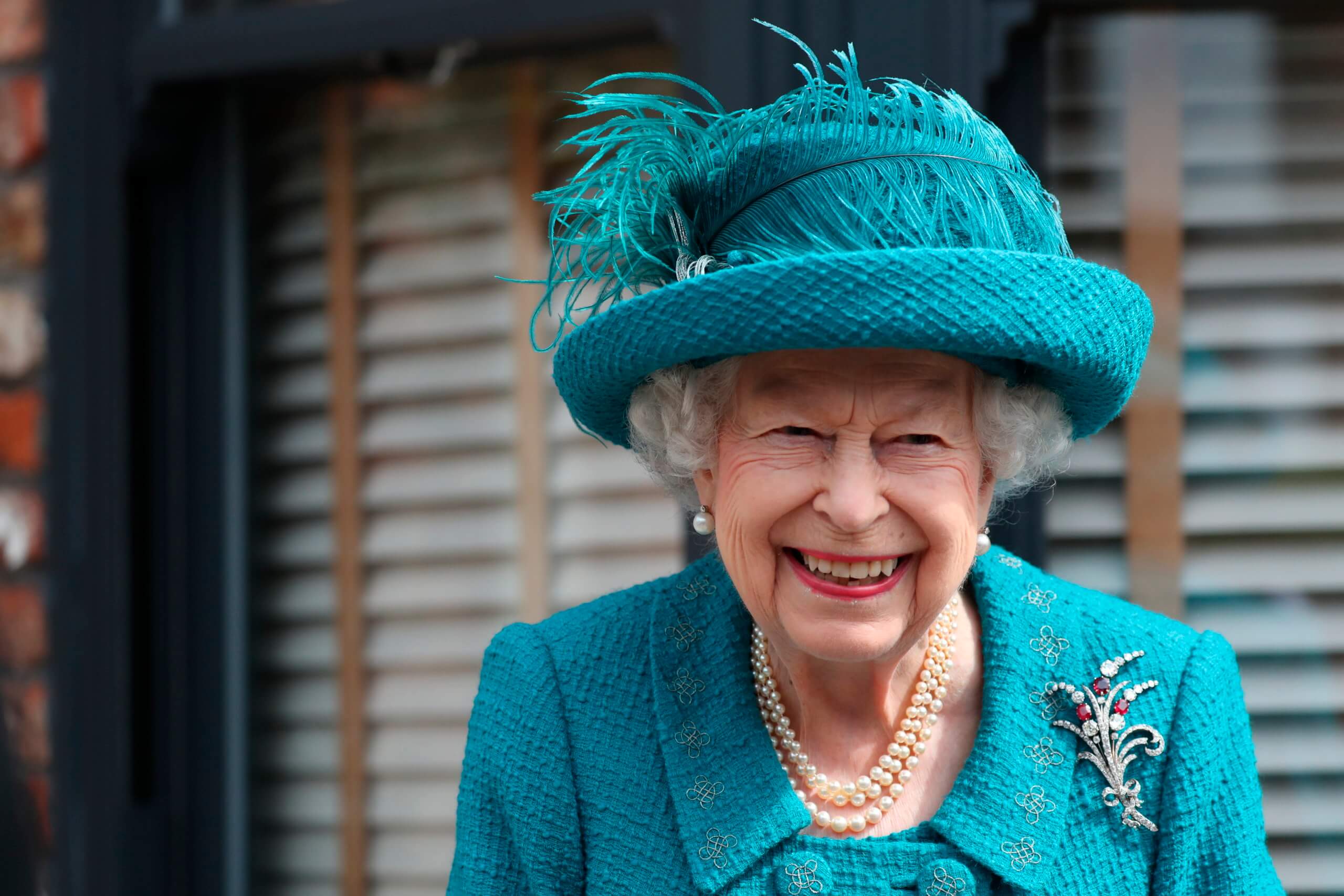
Britain's Queen Elizabeth II visits the set of the long running television series Coronation Street, in Manchester, England, Thursday July 8, 2021. (AP Photo/Scott Heppell)
Prior to her death on September 8, 2022, Queen Elizabeth II was the longest reigning monarch in English history. She was never actually supposed to be queen, though.
She was born on April 21, 1926, to Prince Albert and his wife, Lady Elizabeth Bowes-Lyon. However, Albert was the king’s younger son and stood little chance of ever ascending to the throne.
As such, Elizabeth got to spend the first ten years of her life as a royal without the pressures associated with being groomed for the throne.
However, that all changed in 1936 when her uncle, King Edward VIII, abdicated the throne less than a year after it became his in order to marry a divorced American socialite named Wallis Simpson.
Albert—who then changed his name to George VI as an homage to his father—became king and, as his eldest child, Elizabeth became the future queen.
“God will care for us”
In 1940, Elizabeth would join countless other children in being displaced amidst the horrors of World War II, though life at Windsor Castle was surely better than what most experienced upon losing their homes.
While there, she gave her first public radio address when, at the age of fourteen, she reassured the children of her nation that “in the end, all will be well; for God will care for us and give us victory and peace.”
When Queen Elizabeth married Prince Philip
A few years after the war ended, Elizabeth married Lieutenant Philip Mountbatten of the Royal Navy, though her father was initially skeptical of the match. Philip did not come from a wealthy family and his brash personality tended to rub people the wrong way.
Elizabeth, however, had liked him since they first met when she was thirteen and, at their fiftieth wedding anniversary, would say of her late husband, “He has, quite simply, been my strength and stay all these years.”
The two welcomed their first child, Charles, less than a year later and would go on to have four children in total.
The crowning of Queen Elizabeth
On February 6, 1952, Elizabeth’s life would change again when her father passed away.
Her official coronation, which didn’t take place until the following year, was the first to be broadcast on television, and people tuned in from around the world to watch her formally accept the crown.
Televising such events—especially royal weddings—would become a hallmark of her reign and had a substantial impact on the royal family’s visibility and popularity both inside and beyond England’s borders.
That visibility was not always a blessing to the family, however.
The challenges for Queen Elizabeth’s family
Adapting to the life of a royal always came with its challenges, but learning to do so as the world watched proved understandably difficult for many of Elizabeth’s children and grandchildren.
1992 was a particularly difficult year for the family.
Prince Charles and Prince Andrew both separated from their wives while her daughter, Princess Anne, got divorced.
A fire destroyed parts of Windsor Castle while the royal family faced increased societal pressure to change their lifestyle in the midst of a recession.
The queen attempted to soothe some of those complaints by paying taxes on her private income even though she was legally exempt from having to do so.
Through it all, the queen remained resolute but did not escape the public eye unscathed.
The controversy surrounding Prince Charles and Princess Diana was particularly trying given the latter’s popularity among the people. The queen’s hesitance to fly the flags at half-mast and the delay in addressing the public following Diana’s death in 1997 further drove a wedge between her and many of her subjects.
The most popular monarch in English history
Yet, over time those wounds would heal, and in 2015 she was voted the most popular monarch in English history, receiving nearly twice the votes of her namesake, Queen Elizabeth I.
Elizabeth’s popularity and ability to endure trying times were due, in large part, to her ability to make good on the promise she gave to her people on her twenty-first birthday: “I declare before you all that my whole life, whether it be long or short, shall be devoted to your service,” later adding “God help me to make good my vow, and God bless all of you who are willing to share in it.”
May God now help us honor a similar vow of service to him today.











